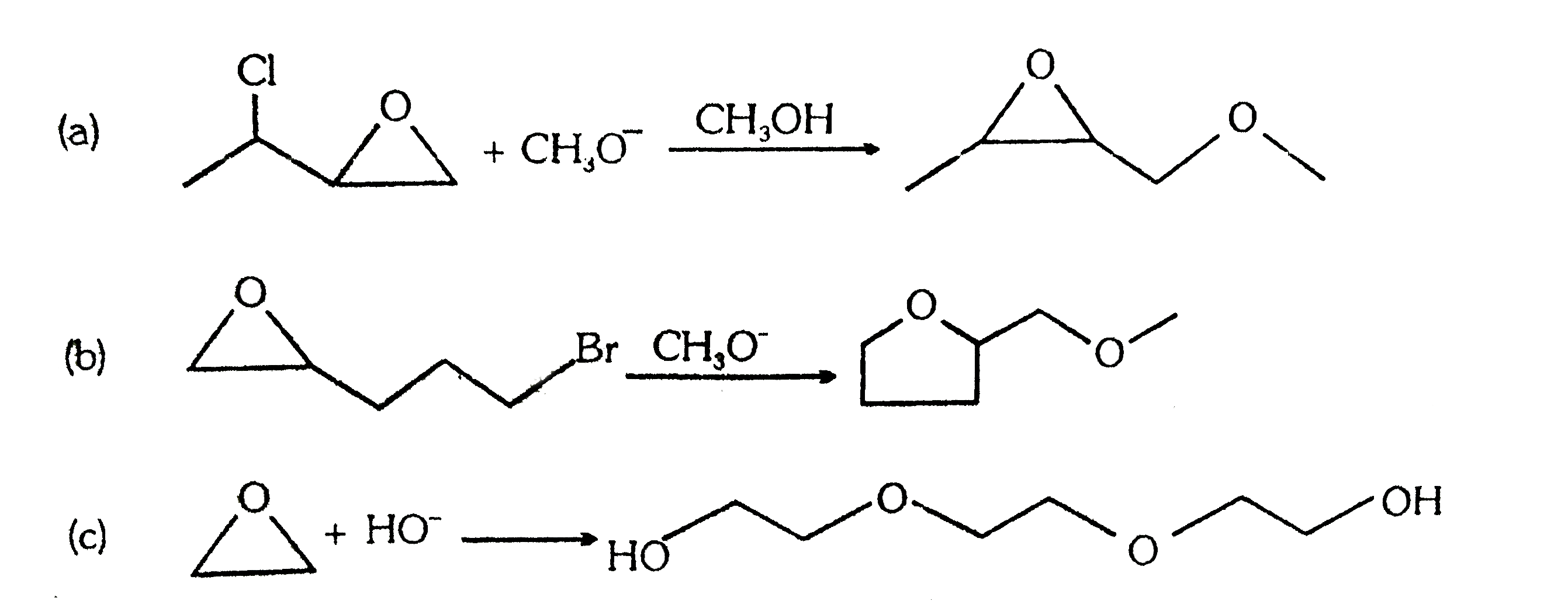Propose mechanism for the given reaction:

Topper's Solved these Questions
- ALDEHYDES, KETONES AND CARBOXYLIC ACIDS BOOK - AAKASH INSTITUTECHAPTER - ALDEHYDES, KETONES AND CARBOXYLIC ACIDS EXERCISE - Assignment (SECTION -J Akash challengers Questions)
7 Videos
- ALDEHYDES, KETONES AND CARBOXYLIC ACIDS BOOK - AAKASH INSTITUTECHAPTER - ALDEHYDES, KETONES AND CARBOXYLIC ACIDS EXERCISE - Try Yourself
20 Videos
- ALDEHYDES, KETONES AND CARBOXYLIC ACIDS BOOK - AAKASH INSTITUTECHAPTER - ALDEHYDES, KETONES AND CARBOXYLIC ACIDS EXERCISE - Assignment (SECTION -H Multiple True-False Type Questions)
2 Videos
- ALCOHOLS, PHENOLS AND ETHERS BOOK - AAKASH INSTITUTECHAPTER - ALCOHOLS, PHENOLS AND ETHERS EXERCISE - Try Yourself
5 Videos
- AMINES BOOK - AAKASH INSTITUTECHAPTER - AMINES EXERCISE - Assignment Section -J (Aakash Challengers Questions)
9 Videos
Similar Questions
Nitric oxide, NO, reacts with oxygen to produce nitrogen dioxide : 2NO(g)+O2(g)→2NO2(g)
The rate law for this reaction is : Rate =k[NO]2[O2].
Propose a mechanism for the above reaction.
View SolutionNitric oxide (NO) reacts with oxygen to produce nitrogen dioxide (NO2) :
2NO(g)+O2→2NO2(g)
The rate law for the reaction is:
rate=k[NO]2[O2]
Propose a mechanism for the above reaction.
View SolutionPropose mechanism of given reaction.

View SolutionGive possible mechanism of the given reaction using carbocation rearrangement.

View SolutionThe rate expression for the reaction, (CH3)C−Cl+OH−→(CH3)3C−OH+Cl−
is Rate =k[(CH3)3C−Cl]. Propose the mechanism for the reaction.
View SolutionPropose mechanism of the following reactions:

View SolutionThe cyclic ether tetrahydrofuran (THF) can be synthesized by treating 4-chloro-1-butanol with aqueous sodium hydroxide (see below). Propose a mechanism for this reaction.

View SolutionPropose mechanism of the reaction taking place when
(a) (-)-2-Bromooctane reacts with sodium hydroxide to form (+)-octane-2-ol.
(b) 2-Bromopentane is heated with (alc.) KOH to form alkenes.
View SolutionPropose mechanism of the reaction taking place when
(a) (-)-2-Bromooctane reacts with sodium hydroxide to form (+)-octane-2-ol.
(b) 2-Bromopentane is heated with (alc.) KOH to form alkenes.
View SolutionPropose mechanism of the reaction taking place when
(a) (−)−2− Bromooctane reacts with sodium hydroxide to form (+)−octane -2-ol.
(b) 2-Bromopentane is heated with (alc.) KOH to form alkenes.
View Solution

